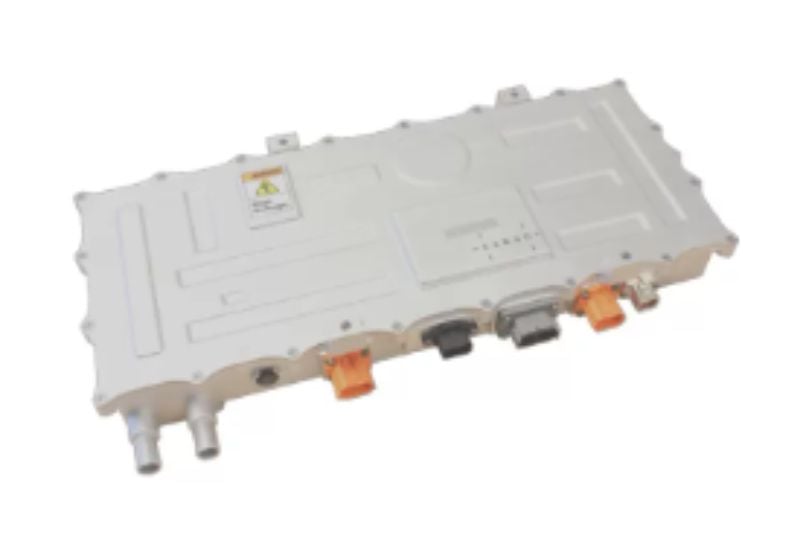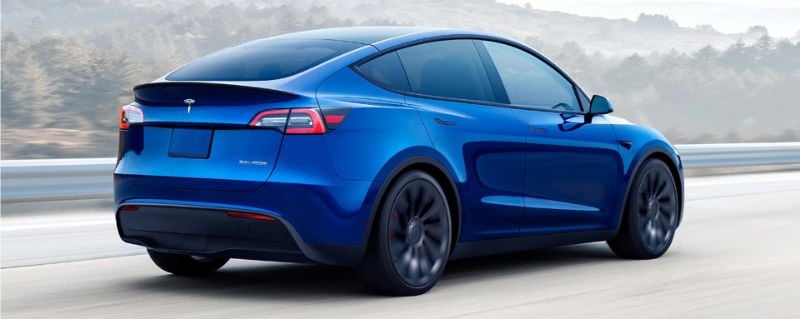GaN Systems OBC Reference Design has 36% Higher Power Density
The new onboard charger (OBC) reference design from GaN Systems uses the latest GaN power transistor technologies to support 11 kW of EV charging for bus voltages as high as 800 V.
GaN Systems is showcasing its new high power density on-board charger (OBC) reference design for EVs at PCIM Europe this week.
Constructed using the latest high-power density GaN (gallium nitride) technologies, the reference platform supports vehicle charging levels up to 11 kW and an 800 V battery bus.
EV onboard charger. Image used courtesy of GaN Systems
According to GaN Systems, the new reference platform introduces significant performance improvements for EV power system designers to include a 36% higher power density compared with similar silicon carbide (SiC) based solutions.
The company claims the GaN-based reference platform reduces total BOM costs by as much as 15% compared to SiC and, with conversion efficiencies above 98.5%, maximizes power delivered to the batteries while reducing thermal losses.
Onboard Charger Functions
The onboard charger plays a critical role in power management in EVs, facilitating the charging of the EV’s powertrain batteries. The basic function of the OBC is to convert single or multi-phase AC power from the external charger (Level 1, Level 2, etc.) to DC for charging the vehicle's batteries.
The essential building blocks of an EV OBC are the AC-DC rectification stage, followed by a DC-DC conversion stage and high voltage storage capacitor (DC link capacitor) that provides a continuous reservoir of DC energy to recharge the vehicle’s battery pack.
EV onboard charger reference design. Image used courtesy of GaN System
The GaN Systems transistors are tested to AEC-Q standards and mounted on thermally efficient substrates to help remove excess heat from the OBC module.
Wide Bandgap Technologies Enable Modern EVs
Wide bandgap technologies, like GaN and SiC, are essential to the high voltage and power-dense conversion circuits used in modern EVs and other applications. Compared with traditional silicon, devices constructed from compound semiconductor materials, like GaN and SiC, can support much higher withstand voltages, operate at higher switching speeds, and transfer energy with greater efficiency in power-dense applications like EV powertrains.
In addition to silicon, GaN and SiC compete with each across application spaces. While SiC products accommodate some of the highest voltage applications, GaN solutions have achieved impressive power densities, performing reliably even at the highest temperatures.
Tesla Model Y. Image used courtesy of Tesla
Power Density is the Whole Game
The whole game in EV powertrain design is power density – getting the most power in the smallest space, with the least weight and at the lowest cost possible, to enable competitive pricing for consumers and improve the EV driving experience with longer ranges and faster charging times.









